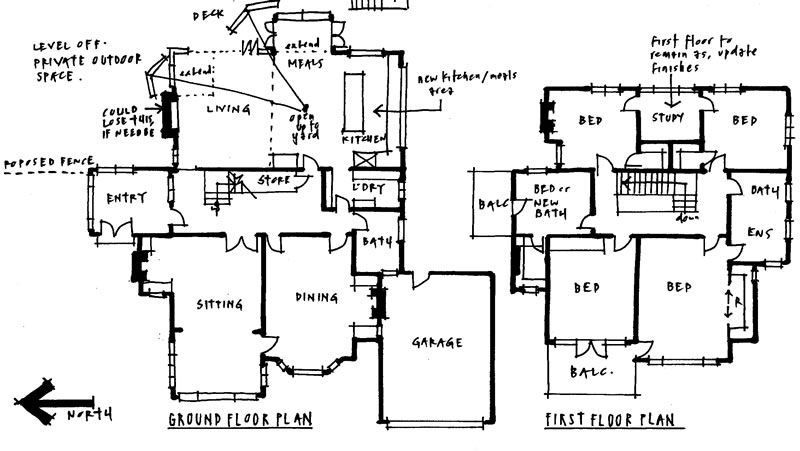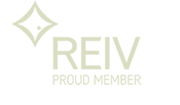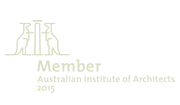COVID -19’s impact on inner-city living
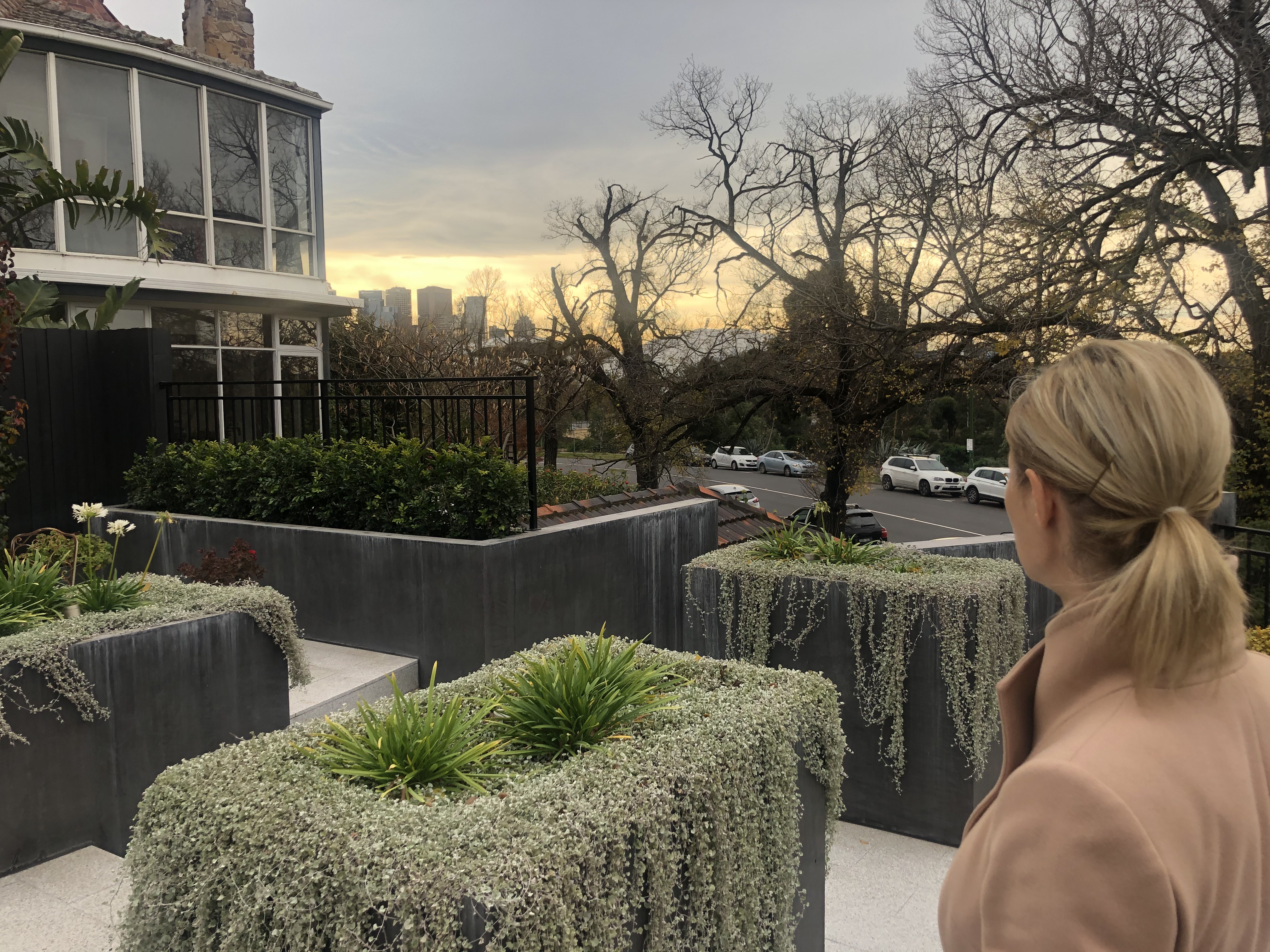
Is there a new post COVID-19 trend to move further from the CBD?
Certainly, if talk is anything to go by, there could be a short or even longer-term swing away from inner-city living.
With many employers and employees now comfortable with the ‘working from home’ option and real-life experience to show it can work (and sometimes even improve productivity), a number of buyers are giving this option serious consideration.
The appeal:
- Can often buy more for your money – bigger land, bigger or more comfortable home
- Quieter/semi-rural area – back to nature, back to outdoors
- Possibly more community minded
- Smaller, more personal shopping precincts
- Fewer cars, traffic and commuting issues
The considerations:
- Further from friends/family and the city
- Novelty could wear off
- Fewer choices for schooling (particularly secondary schools)
- Generally, less infrastructure (hospitals, emergency services etc)
- Fewer public transport options
Certainly, for younger buyers (singles, couples, families) disillusioned by the rise in inner city property prices, the appeal to move to holiday suburbs, such as Blairgowrie, Lorne, Barwon Heads, Flinders, Daylesford etc, could increase demand, resulting in price increases for some of these areas.
For those with some autonomy over their time and diary, a longer commute less frequently to the city (perhaps only two or three days a week) could be a more attractive option if the remainder of the week is commute-free.
A safer, quieter place to raise a family sounds all appealing, particularly for those with very young children yet to reach school age.
Generation after generation, parents have worked towards providing their children with more/better opportunities than they have had themselves in pursuit of a better, easier, more affluent lifestyle for their family.
COVID-19 could provide the introduction to the first generation to take what would have previously been considered a step backward in time, with more focus on less. Less time at work (recouping travel time), less organised after school activities for children and more time to enjoy a moment watching the sun set, a walk along a rural track, informal play experiences for children among nature, exploring the bush, more kids on bikes after school, hanging out in the streets and catching up with mates.
As children age, though, will the local school options still be preferred, particularly when it comes to secondary schools?
And for the CBD and Inner City Suburbs, what does this mean?
Looking at the CBD, if workers are only commuting half the time, will that mean that restaurants, cafes and retail stores will only have half the patrons to buy their products? How will this impact turnover and ability to pay premium CBD rents? Will people who currently live in the city want to remain there?Will city property values see larger drops than other parts of Melbourne? How will the flow-on effect impact outer suburb areas?
The inner Melbourne suburbs, particularly those surrounding the desired secondary schools, may be a little more protected. Residents here can have the best of both worlds – not too far to commute for work with good community infrastructure, good schools and easy access to freeways for getaways.
One of Victoria’s car registration plates reads ‘The Education State’ and, for many, it is one of the key reasons for buying near great schools. The ability to work from home while still living close to everything is a bonus. An opportunity to have a little more personal time at either end of the workday to spend with family and friends, to exercise or relax.
One thing we can be more certain of at the moment is that nothing is certain. Since the start of 2020, we have seen multiple changes up and down in the property market.
Does that mean you shouldn’t buy a property at the moment? We don’t think so. If your decision-making process is sound and long-term plans have been considered (next 5-10 years), if the right property is there, the time to buy is when you find the home. They don’t come up that often and when they do, they are rarely the same.
If you need expert advice or guidance during these time, WoledgeHatt Buyers Advocates are closely monitoring the trends and are ready to work with you. Contact us today to start a conversation!
Highlights:
- 52 Kooyongkoot Road Hawthorn (Michael Ebeling/Anthony Grimwade, RT Edgar), family home on 1,100sqm with pool and court, could be further improved with a cosmetic update – undisclosed circa $7,500,000
- 51 and 55 Broadway Camberwell, both sold for the same amount– similar land sizes, same orientation and period homes – undisclosed circa $2,500,000
- 21b Avoca Street South Yarra (Nicole Gleeson/Nicky Rowe, Kay & Burton), renovated townhouse, great location – undisclosed over $3,400,000
Some of the better properties currently on the market; an architect’s view:
29 Leura Grove Hawthorn East – Scott Patterson/Judy Balloch, Kay & Burton
50 Cochrane Street Brighton – Barb Gregory/Dot Murchie, Marshall White
53 Perth Street Prahran – Nick Gatacre/Joe Eason, Belle Property
‘Off-market’ Properties:
- Modern large family home, 3 levels with pool, Glen Iris – circa $3.6m
- Striking modern home, pool, west rear, Malvern East – circa $5m
- Dated modern home, likely land, east rear ~810sqm, Kew – circa $2.7m
- Renovated & extended, Californian Bungalow, Hawthorn – circa mid $6m
- Family Federation home, good land, north rear, Malvern – circa high $2m
- Contemporary home on good land, east rear, Camberwell – circa $2.7m
- Californian Bungalow, over 1,000sqm, Canterbury – circa $3.3m
- River frontage family home on ~730sqm, South Yarra – circa mid $6m
- Edwardian family home on good land, Malvern East – circa $5m
- Californian Bungalow, convenient position, Hawthorn – circa $2.8m
- Californian Bungalow on good land, Camberwell – circa $3.3m
- Fully renovated, family, Victorian, east rear, Malvern – circa $6m
- Large Old English home, corner block, good land, Hampton – circa $3.7m
- Prime position period home, over 1,000sqm, two street fronts, Brighton – circa $7m
- Dated home, good land, close to amenities, Brighton – circa mid $5m
- New home site opportunity, ~15m frontage, Hampton – circa $2m
- Updated family Victorian on approx. 580sqm, Hawthorn East – circa $2.9m
- Fully renovated brick 3 bed single fronter, St Kilda East – circa $1.65m
- Renovated Victorian in landscaped gardens ~980sqm, Hawthorn – circa $5m
- Renovated brick single fronted Edwardian, Prahran – circa $1.45m
- 80s home with tennis court and pool ~1,800sqm, Hampton – circa mid $8m
- Dated brick family home, potential dual occ plans, Brighton – circa early $3m
- Contemporary renovated home, central Brighton location – circa mid $2m
Auction Spotlight:
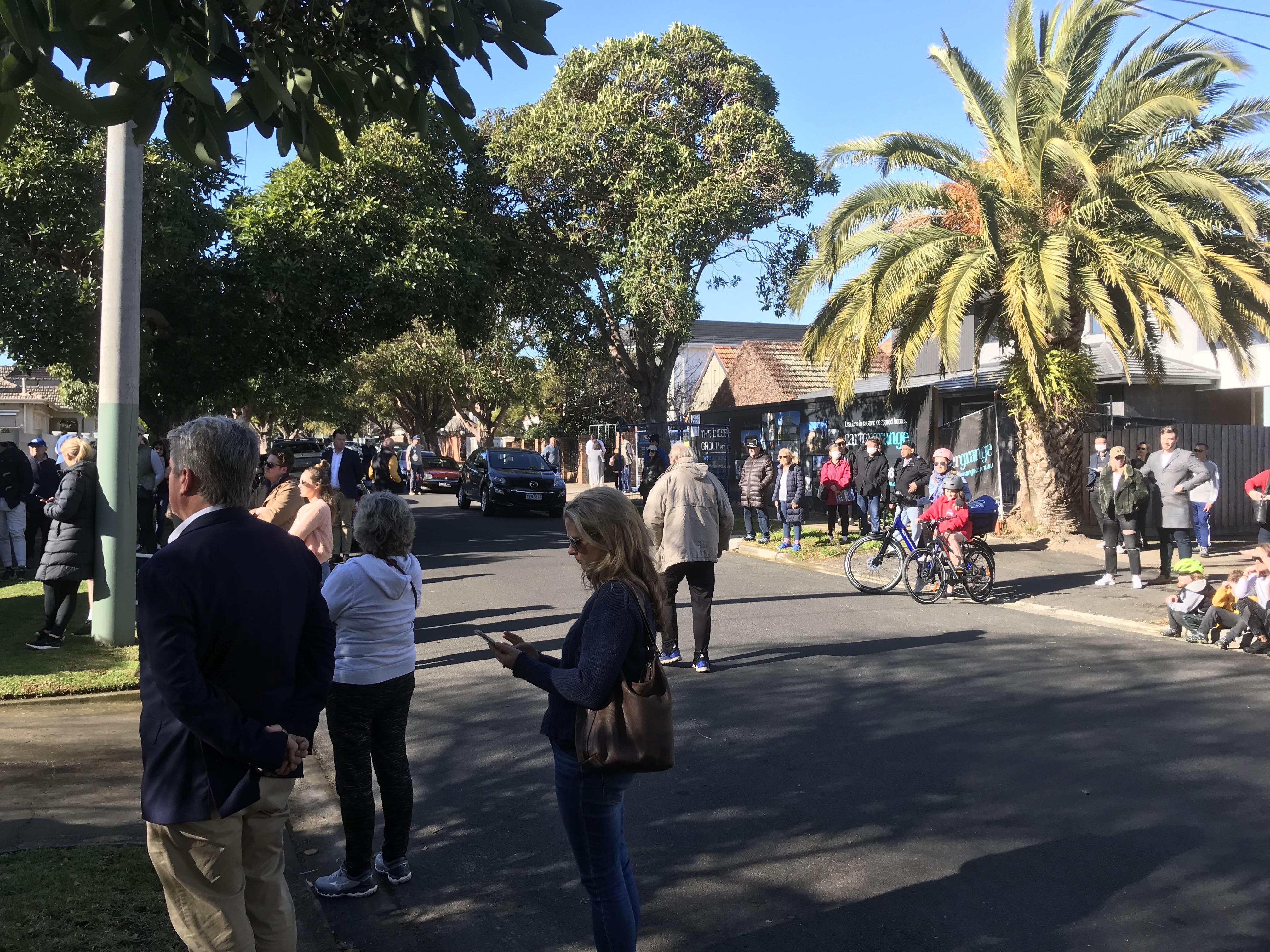
A large crowd spread far and wide along the street to keep their distance at the auction of 51 Elwood Street Brighton. The property passed in on a $1.6m vendor bid, selling after for an undisclosed amount.
